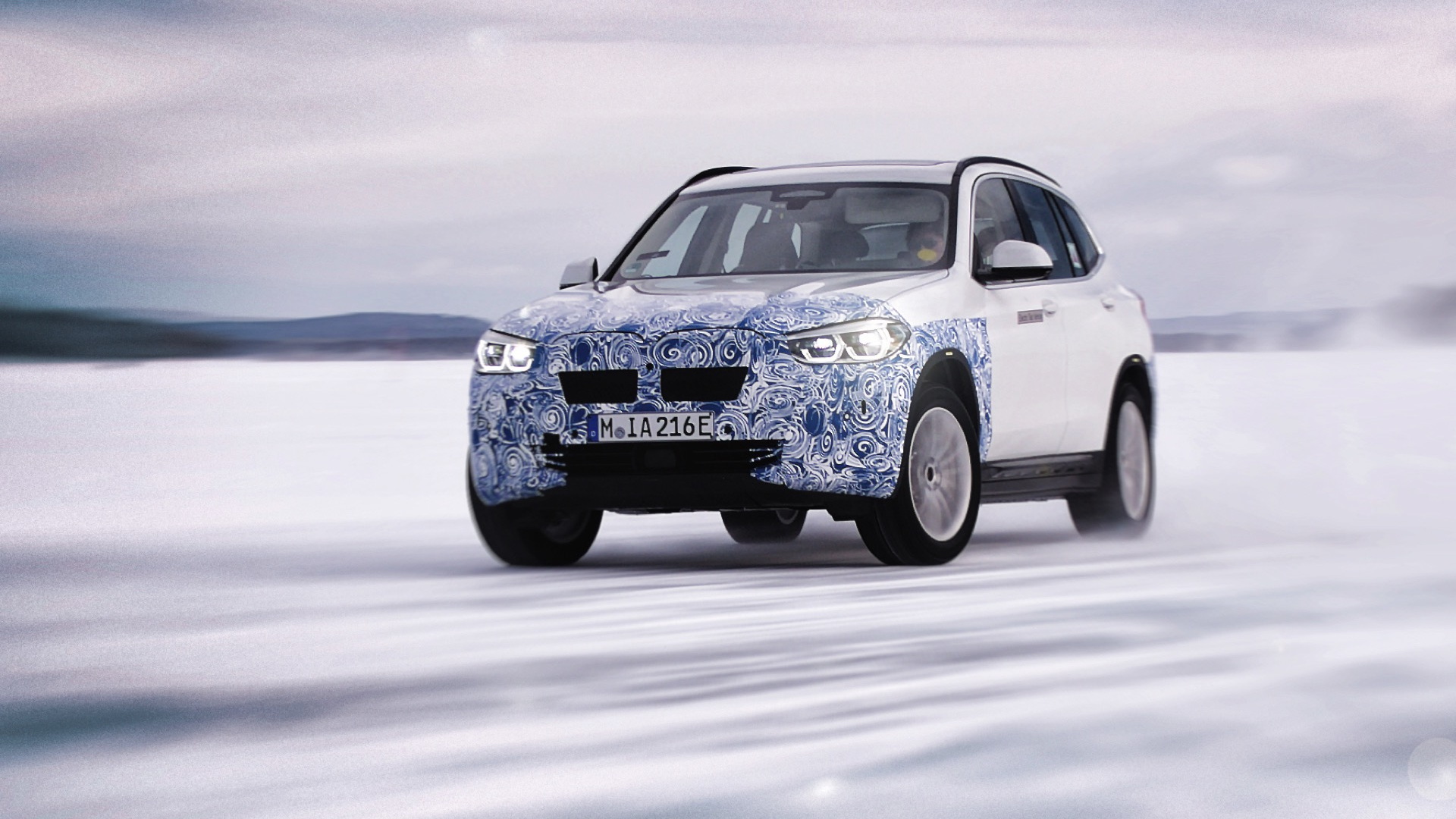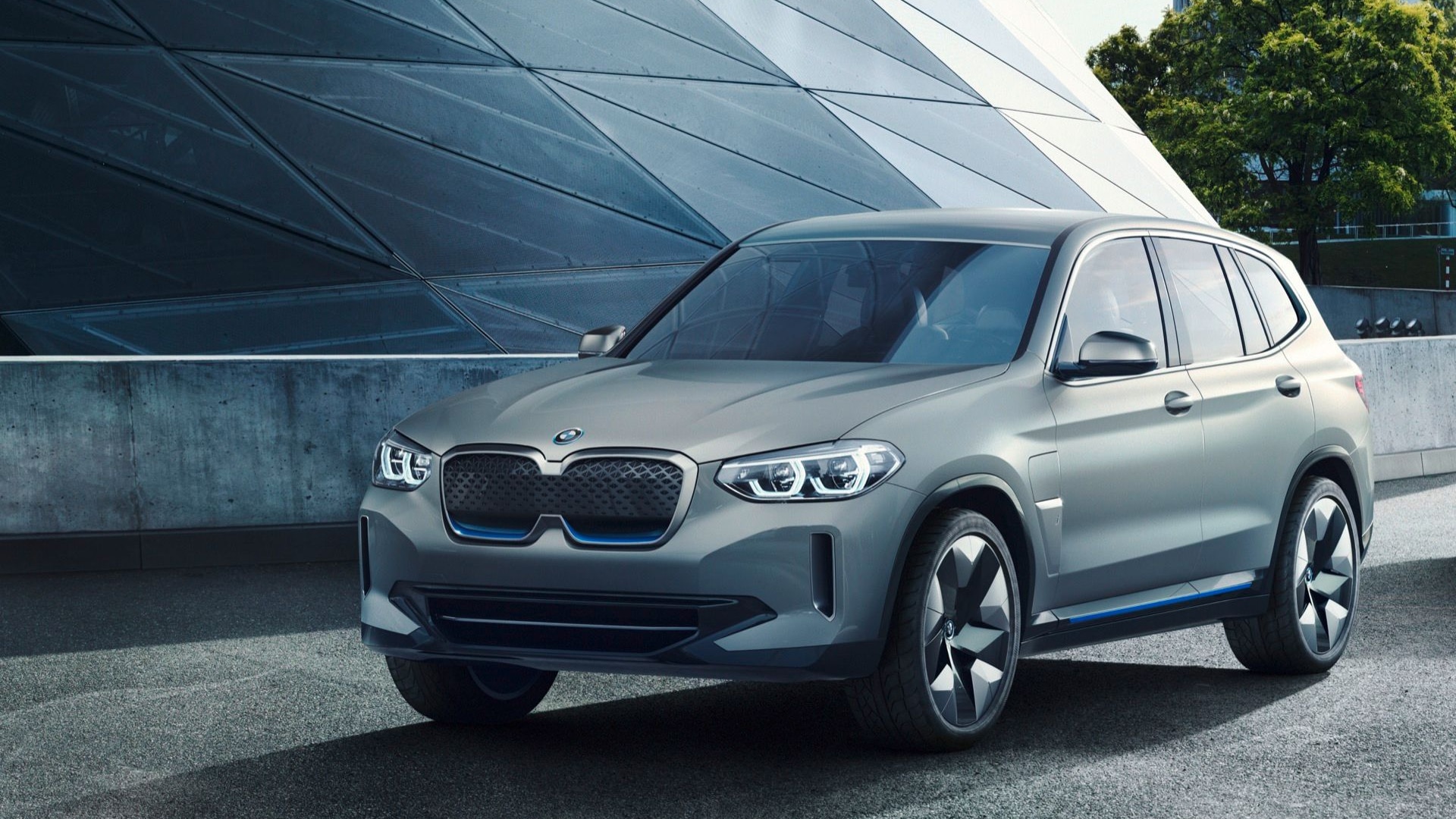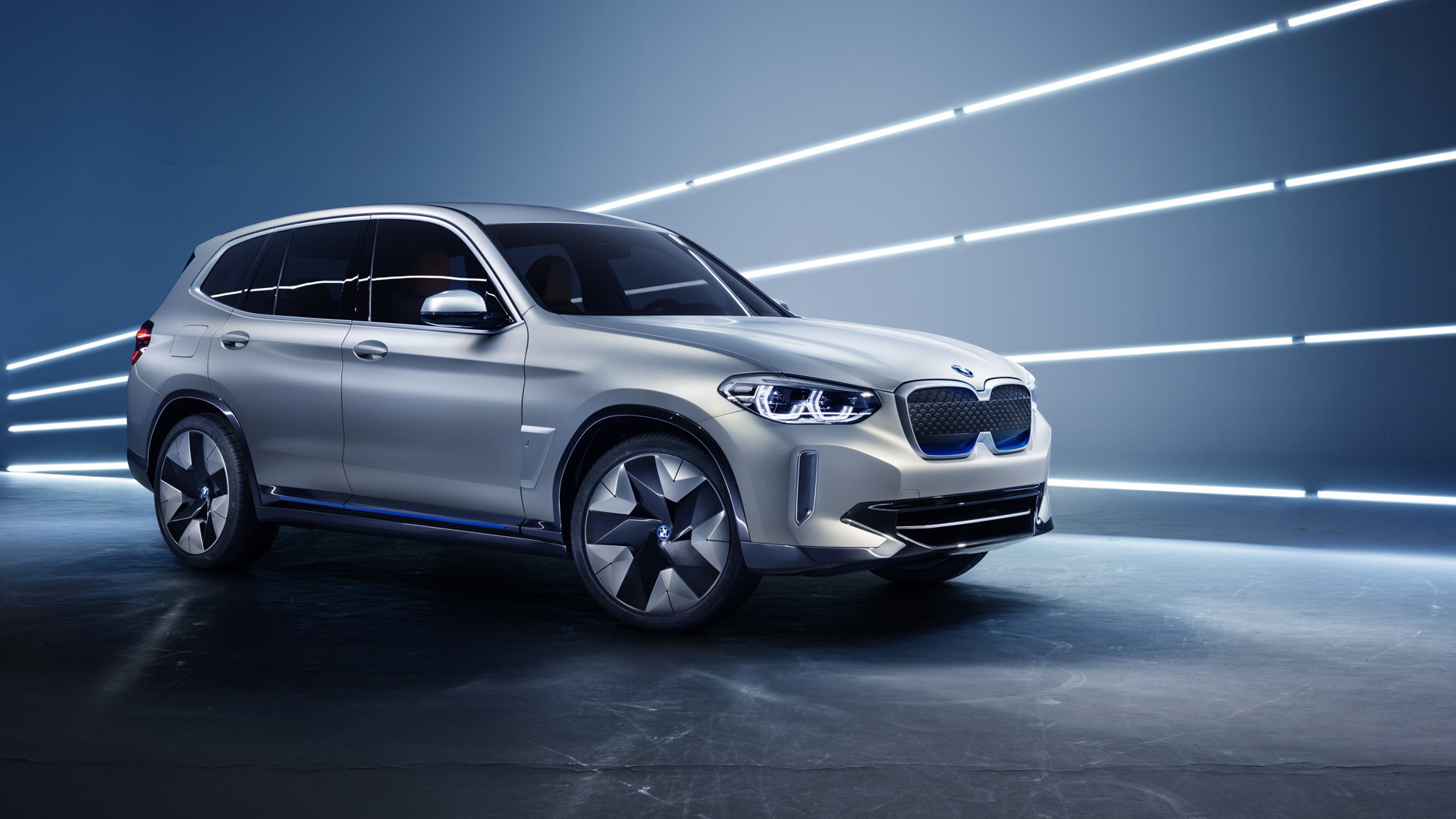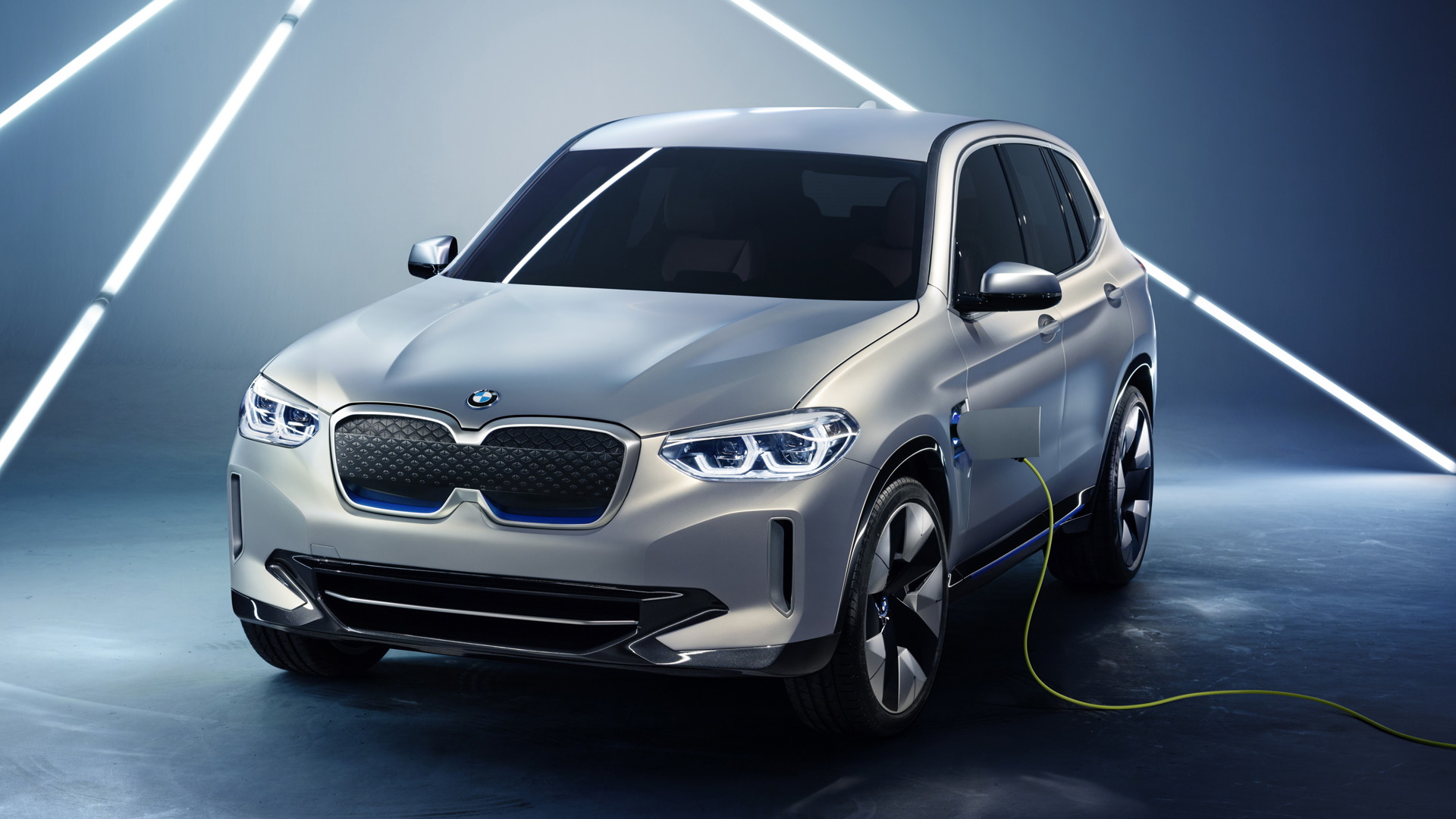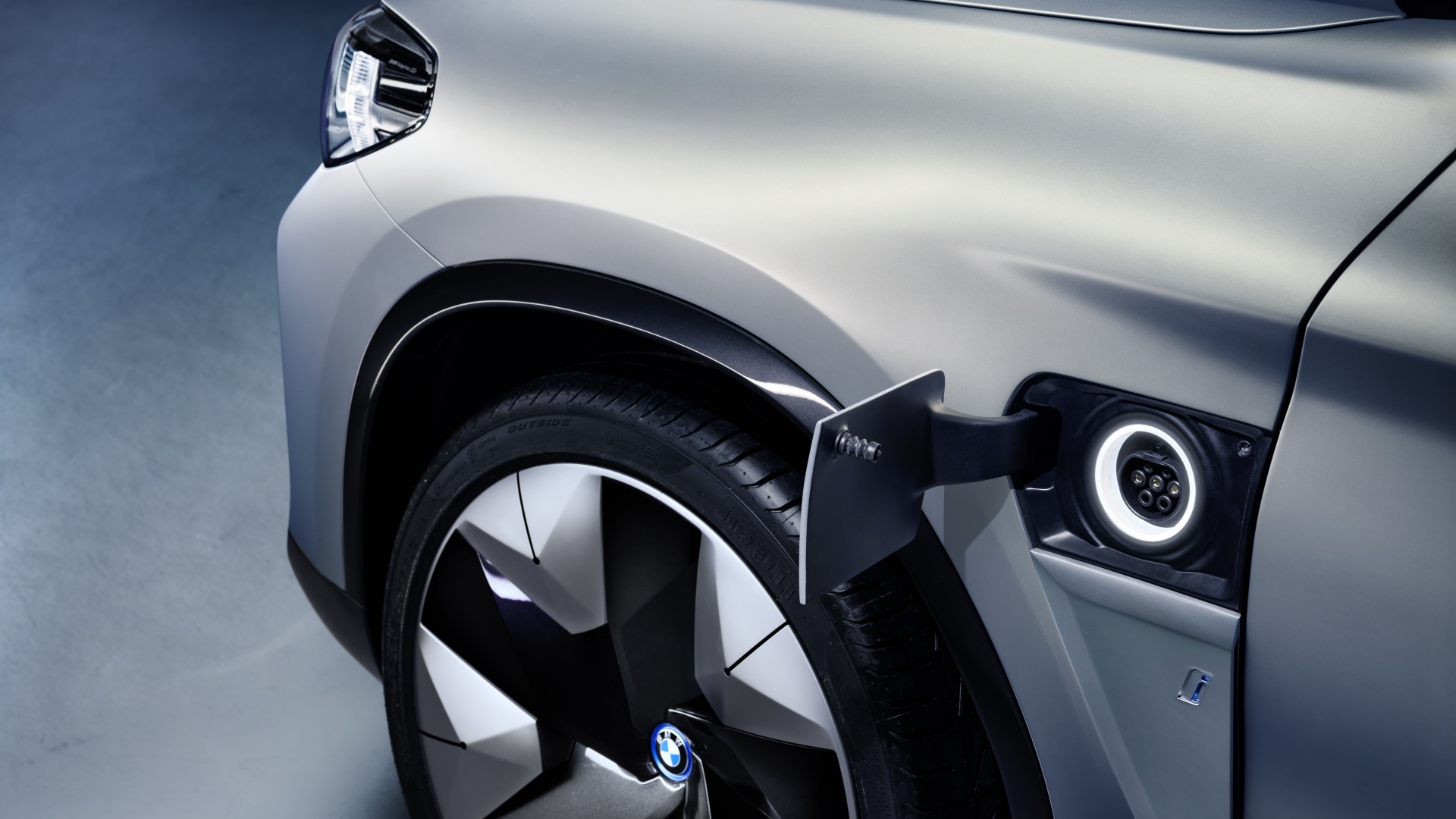BMW, which just passed 500,000 cumulative global EV and plug-in hybrid sales, combined, is in the midst of a massive change in direction for how it aims to go about going electric.
On the surface, that means giving up the daringly different designs that BMW had focused its electrification efforts around—in the i3 and i8—and regrouping toward vehicles that are fully electric but fit more closely with the rest of the lineup.
Underneath the direction is different, too, with BMW’s fifth-generation eDrive technology underpinning these vehicles: the iX3, i4, and iNext. And Wednesday BMW presented a roundup of how that technology will come together in the first of those vehicles, the iX3, due in 2020.
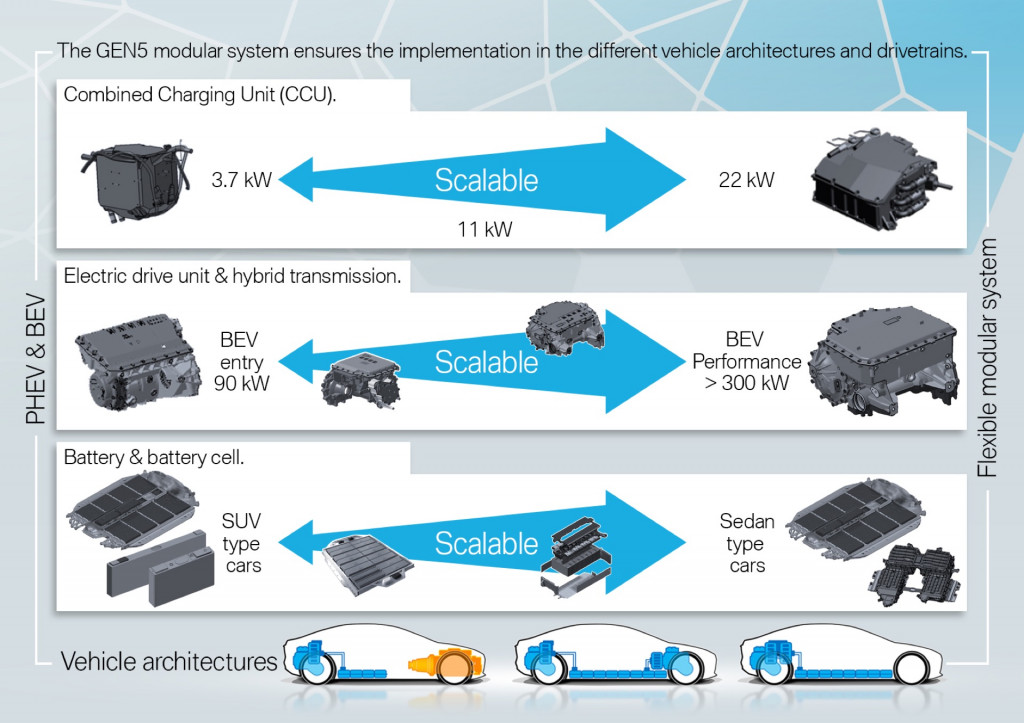
BMW fifth-generation eDrive
The iX3 is fundamentally a version of the X3, but one of the big advantages of the hardware is that both the battery pack and the drive unit are scalable to meet a wide range of needs. Because of the way the battery and power systems are mounted, there is no loss of passenger or cargo space compared to the gasoline X3.
A 74-kwh battery pack will be fitted to the iX3, and BMW notes a range of 273 miles on the European WLTP cycle—a number that may amount to something less than 230 miles in the EPA test, which is based on a completely different driving cycle.

BMW Concept iX3
Although some of these specs are a bit different than what had been teased when the iX3 was first revealed in April 2018, it’s likely that the iX3 will keep its capability to charge to 80 percent in about 30 minutes, using 150-kw 150-kw CCS fast charging.
In the rear-wheel-drive iX3, the motor has a new design that needs no rare earth materials; it makes 286 horsepower and 295 lb-ft of torque.
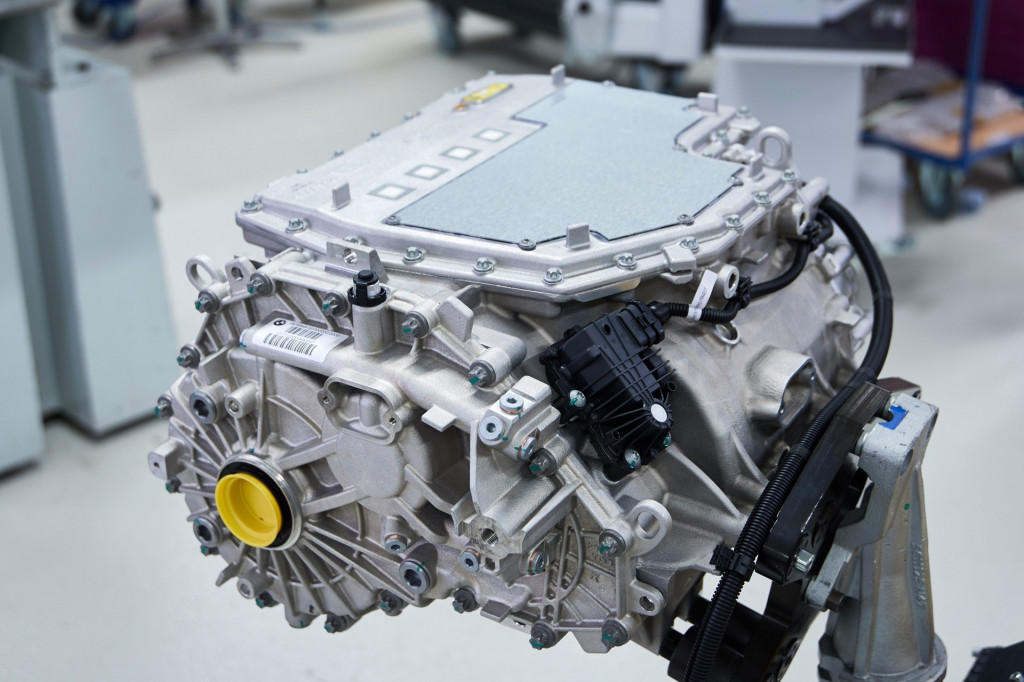
BMW fifth-generation motor system
As part of the new-generation kit, all core powertrain components developed by the BMW Group, the motors and the battery packs made in BMW manufacturing facilities. Battery cells in the iX3 also have cobalt reduced by two-thirds, and both cobalt and lithium are now purchased directly by BMW.
While this still sounds like a recipe for success, the limiting factor is where it’s made—which could hike its price for the U.S. BMW indicated earlier this year that despite tariff issues it’s planning to build the iX3 in Shenyang, China, with partner Brilliance Automotive, for export to the U.S., Europe (where interest has been strong), and perhaps other markets.
BMW North America confirmed to Green Car Reports that it still expects the iX3 to arrive prior to the iNEXT, which is due in 2021—so perhaps before the end of 2020. The i4, which could be seen as a focused rival to the Tesla Model 3, is due later in 2021.
